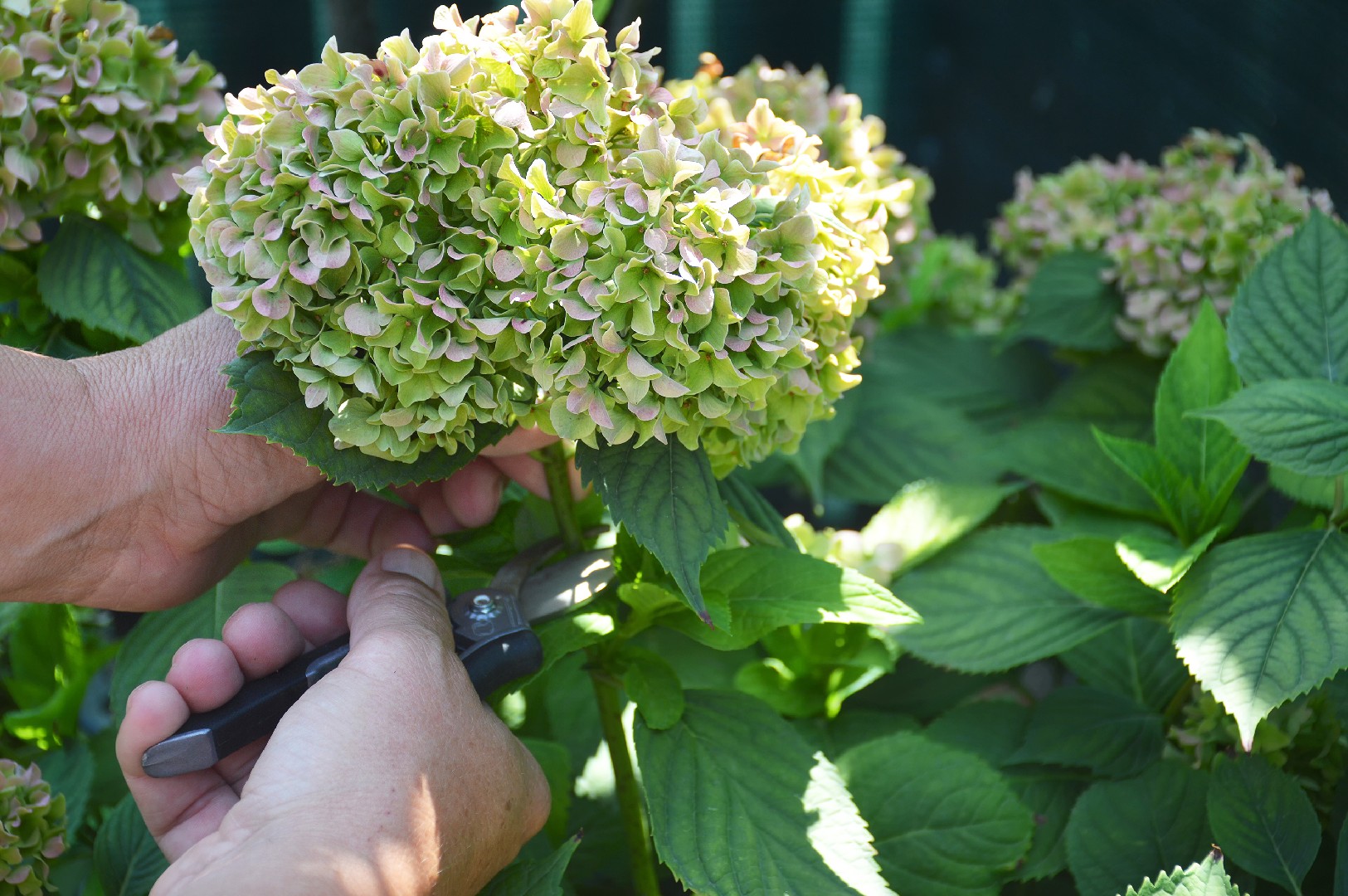![Rectangle]()
Importance of Pruning Hydrangeas
Pruning hydrangeas is an essential task for any gardener who wants to ensure the health and vitality of their plants, as well as maximize the bloom potential. Proper pruning techniques can enhance the overall plant health and allow for lush blooms year after year.
One of the primary reasons why pruning is so important for hydrangeas is related to disease prevention. By removing dead, diseased, or damaged branches, you can minimize the risk of fungal infections, such as powdery mildew or leaf spot. These diseases are common among hydrangeas and can lead to stunted growth and poor flower production. Regular pruning also improves air circulation and sunlight penetration, reducing the chances of disease development.
Pruning also helps maintain the shape and size of the hydrangea plant. Over time, without proper maintenance, hydrangeas can become unruly and unraveled, losing their desired shape and appearance. Regular pruning helps control the growth and keeps the plant compact and tidy. It allows you to shape the plant according to your preferences, whether you prefer a more spherical or a cascading form. Additionally, pruning encourages branching and stimulates new growth, resulting in a fuller and more robust plant.
When it comes to pruning hydrangeas, having the right tools and knowledge is essential. To start, you'll need a pair of sharp, clean bypass pruners. Avoid using anvil pruners, as they can crush the stems and damage the plant tissue. Sterilize your pruners with rubbing alcohol before and after each use to prevent the spread of diseases. It's also important to familiarize yourself with the specific requirements of the hydrangea variety you're working with. Some types of hydrangeas bloom on old wood, while others bloom on new wood. This knowledge will help you determine the optimal time to prune and the amount of growth you can expect in a season.
When pruning, always remove dead or weak stems first, cutting them back to the base or main stem. Next, thin out any overcrowded areas, removing the oldest branches to encourage better airflow and light penetration. When shaping the plant, make your cuts just above a node or bud and at a slight angle, pointing away from the bud. This technique helps promote strong and healthy regrowth.
In conclusion, the importance of pruning hydrangeas cannot be overstated. It enhances plant health, minimizes disease exposure, and helps maintain the desired shape and size of the plant. By investing a little time and effort into proper pruning techniques, you can enjoy stunning hydrangea blooms year after year. Remember to use the right tools, familiarize yourself with the specific requirements of your hydrangea variety, and follow proper pruning practices for optimal results. Happy gardening!





